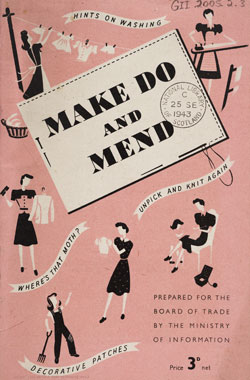Slow Clothing

"The term "Slow Fashion" was coined by Kate Fletcher in 2007 (Centre for Sustainable Fashion, UK).[10] "Slow fashion is not a seasonal trend that comes and goes like animal print, but a sustainable fashion movement that is gaining momentum."[11]
The Slow Fashion Movement is based on the same principals of the Slow Food Movement, as the alternative to mass produced clothing (AKA “Fast-Fashion”). Initially, The Slow Clothing Movement was intended to reject all mass produced clothing referring only to clothing made by hand,[12] but has broadened to include many interpretations and is practiced in various ways.[13]
Some examples of slow fashion practices include:
- Opposing and boycotting mass produced fashion (AKA "Fast-Fashion" or "McFashion").
- Choosing artisan products to support smaller businesses, fair trade and locally-made clothes.
- Buying secondhand, vintage, and second-hand clothing and donating unwanted garments.
- Choosing clothing made with sustainable, ethically-made or recycled fabrics.
- Choosing quality garments that will last longer, transcend trends (a "classic" style), and be repairable.
- Doing it yourself - making, mending, customizing, altering, and up-cycling your own clothing.
- Slowing the rate of fashion consumption: buying fewer clothes less often.
The Slow Fashion movement is a unified representation of all the "sustainable", "eco", "green", and "ethical" fashion movements. It encourages education about the garment industry's connection and impact on the environment and depleting resources, slowing of the supply chain to reduce the number of trends and seasons, to encourage quality production, and return greater value to garments removing the image of disposability of fashion.[14][15] A key phrase repeatedly heard in reference to Slow Fashion is "quality over quantity". This phrase is used to summarize the basic principles of slowing down the rate of clothing consumption by choosing garments that last longer.
The beauty of the Slow Fashion Movement is that anyone, no matter what price point they shop at or style aesthetic they choose, can practice it. It is a fashion philosophy that anyone can embrace and follow."
 For me, it includes upcycling, mending, and making my own. It also includes the vast amounts of hand me downs I receive not only for my children, but for myself.
For me, it includes upcycling, mending, and making my own. It also includes the vast amounts of hand me downs I receive not only for my children, but for myself. I'm also getting sick of the man made fabrics out there. It is virtually impossible to find natural fiber clothing in my price range unless it's a basic knit! Sometimes, I just want to wear something a little more tailored than basic knits! I have visions of swirly wool skirts in the wintertime. Tailored wool slacks, a la 1940's are also on my list. Who doesn't love a crisp cotton blouse or cotton velvet vest paired with a silk taffeta plaid skirt for Christmas?


Comments